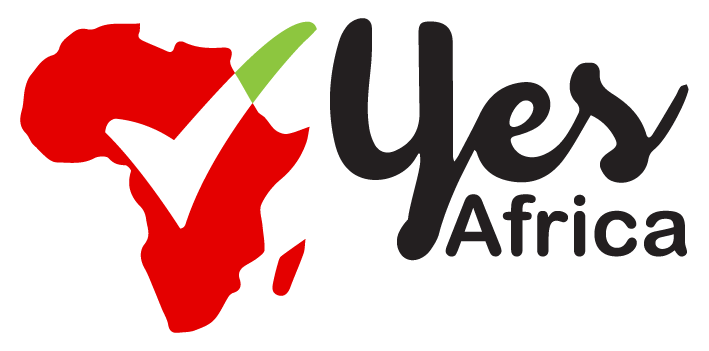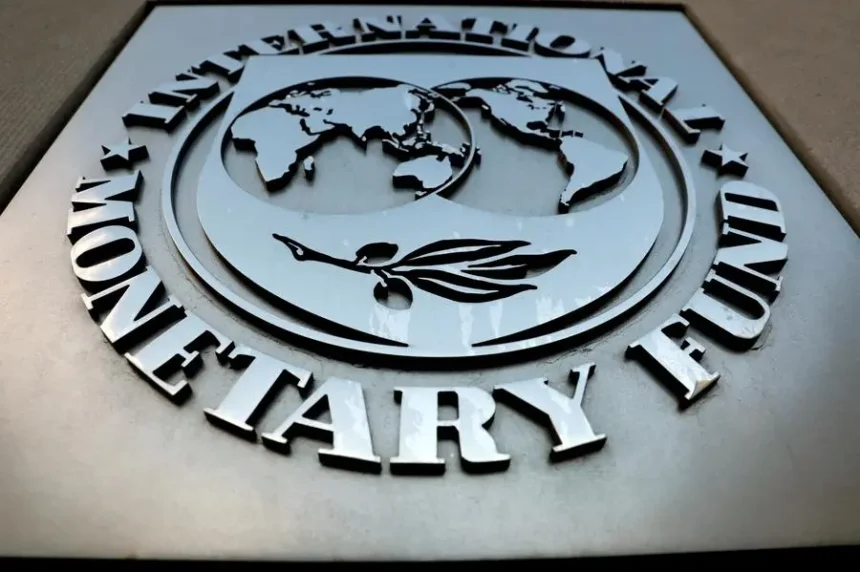Abebe Aemro Selassie, Director of the International Monetary Fund for Africa, has stated that countries in Sub-Saharan Africa that rely on commodity exports need to reform their economies to address the uneven regional economic growth.
The region is predicted to develop by 3.6% this year, unchanged from last year and lower than an April prediction of 3.8%, according to the IMF’s most recent World Economic Outlook, which was released this week, with commodities countries underperforming more diversified peers.
South Sudan, Nigeria, and Angola are all very much in that camp.
According to the IMF’s regional economic outlook for Sub-Saharan Africa, which was released on Friday, diversified economies like Senegal and Tanzania are anticipated to grow at rates above the average for the region. On the other hand, Nigeria is projected to grow at a rate of 2.9 per cent.
- Advertisement -
“They have had very large macroeconomic imbalances, financing challenges which have held back growth,” Abebe said.
Because they had pushed up prices and led to high inflation, Abebe said the Nigerian government needed to “squarely address” those issues.
The government of President Bola Tinubu has implemented several reforms that, according to the government, aim to boost economic growth and attract investment.
According to the IMF, this year’s growth in South Africa, whose expansion has been slowed by crippling power outages, is anticipated to be 1.1 per cent.
The IMF stated that armed conflicts are also hindering growth, citing South Sudan’s oil exports being hampered by conflict in Sudan, the neighbouring country that houses the crude export pipeline.
- Advertisement -
Other challenges facing African oil producers include the global transition to green fuels due to climate change, the report said.
The report found that Sub-Saharan Africa had nearly half of the 20 economies that were growing at the fastest rate this year. However, it warned that faster growth rates were needed to reduce widespread poverty and inequality.
According to the IMF, a lack of affordable financing is one of the main barriers to faster growth, as countries struggle with high debt loads and high debt servicing costs.
After a two-year hiatus caused by geopolitical shocks and elevated interest rates in advanced economies like the United States, some nations have been able to sell bonds on international capital markets this year. However, the new funding came at a high cost.
“The old development finance architecture is not delivering, and, if anything, kind of is in the process of disintegrating,” Abebe said, citing “very problematic levels” of official bilateral funding for poor countries.
According to senior U.N. officials, such international development assistance has decreased recently for countries like Kenya, where deadly protests against tax increases in June forced the government to withdraw its finance bill for this fiscal year.
Abebe stated that the solutions ensured that developing nations continue to have access to low-cost development financing from bilateral and multilateral lenders.










